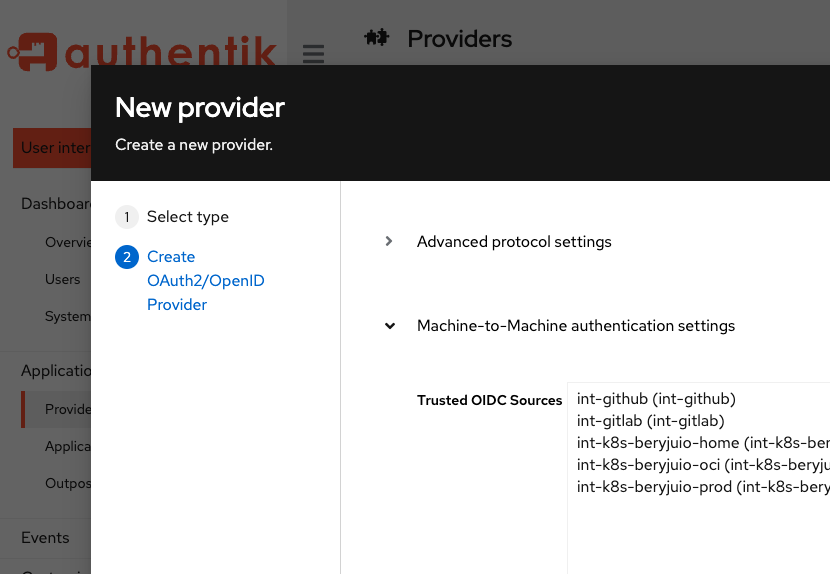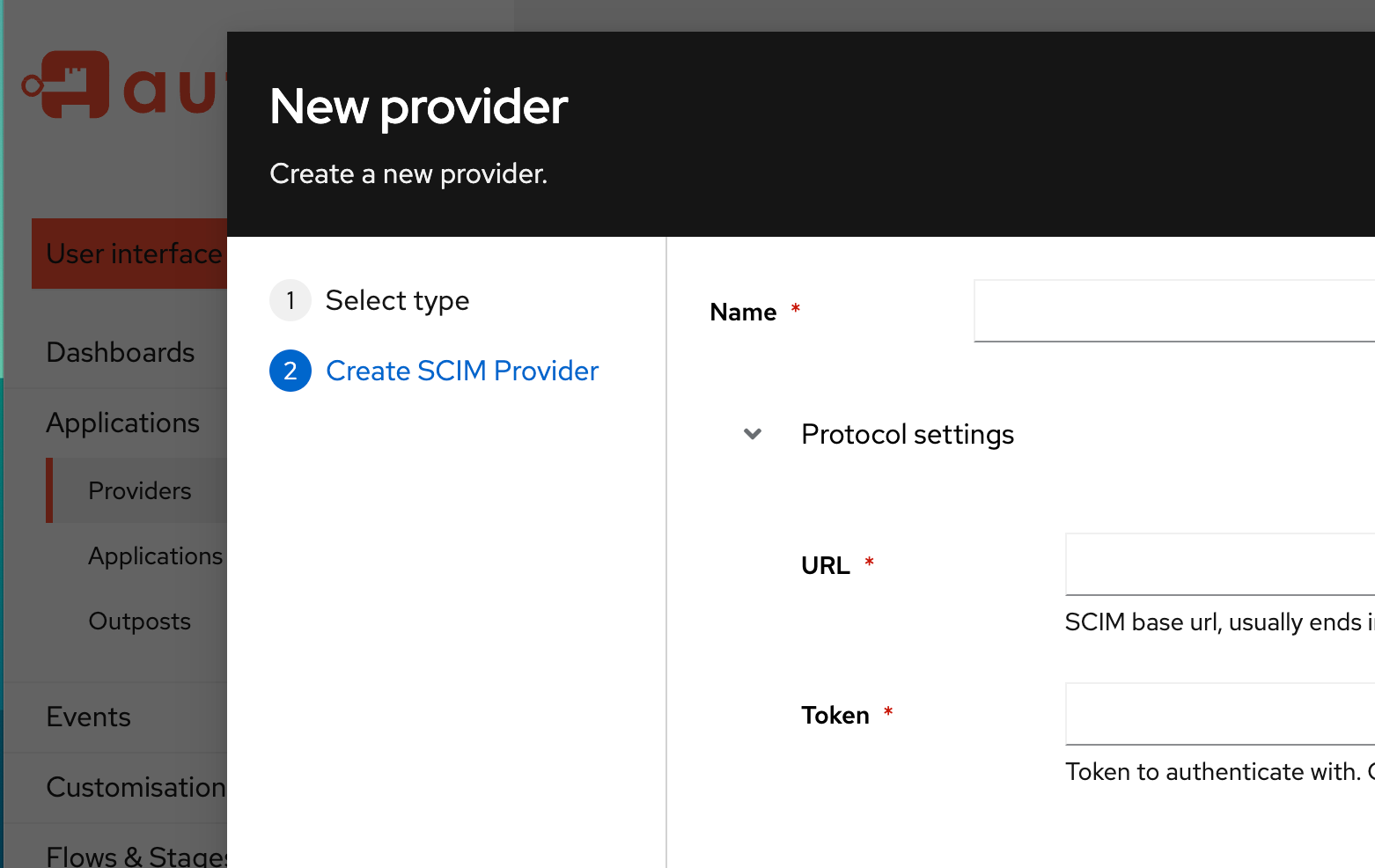authentik is a unified identity platform that helps with all of your authentication needs, replacing Okta, Active Directory, Auth0, and more. Building on the open-source project, Authentik Security Inc is a public benefit company that provides additional features and dedicated support.
We have provided M2M communication in authentik for the past year, and in this blog we want to share some more information about how it works in authentik, and take a look at three use cases.
What is M2M?
Broadly speaking, M2M communication is the process by which machines (devices, laptops, servers, smart appliances, or more precisely the client interface of any thing that can be digitally communicated with) exchange data. Machine-to-machine communication is an important component of IoT, the Internet of Things; M2M is how all of the “things” communicate. So M2M is more about the communication between the devices, while IoT is the larger, more complex, overarching technology.
Interestingly, M2M is also implemented as a communication process between business systems, such as banking services, or payroll workflows. One of the first fields to heavily utilize M2M is the oil and gas industry; everything from monitoring the production (volume, pressure, etc.) of gas wells, to tracking fleets of trucks and sea vessels, to the health of pipelines can be done using M2M communication.
Financial systems, analytics, really any work that involves multi-machine data processing, can be optimized using M2M.
“Machine to machine systems are the key to reliable data processing with near to zero errors” (source)
Where there is communication in software systems, there is both authentication and authorization. The basic definition of the terms is that authentication is about assessing and verifying WHO (the person, device, thing) is involved, while authorization is about what access rights that person or device has. So we choose to use the phrase “machine-to-machine communication” in order to capture both of those important aspects.
Or we could use fun terms like AuthN (authentication) and AuthZ (authorization).
So in some ways you can think of M2M as being like an internal API, with data (tokens and keys and certs and all thing access-related) being passed back and forth, but specifically for authentication and authorization processes.






